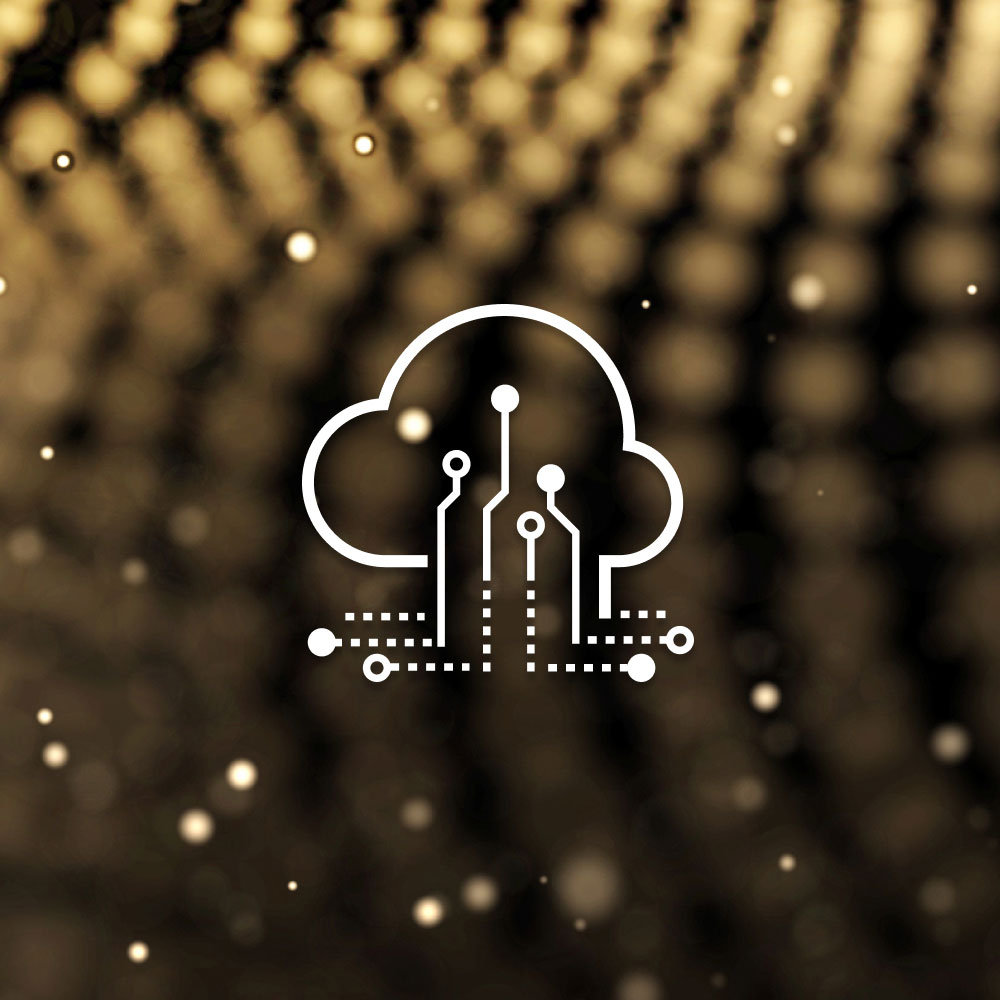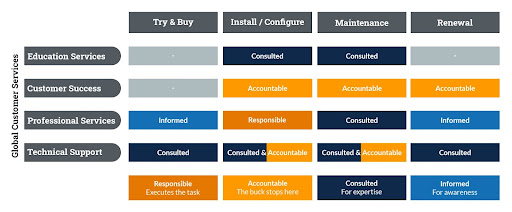Since we have established that support plays a vital role in customer success, it’s critical to constantly evolve and improve efficiencies to ensure customer satisfaction and loyalty. This is where being a 100% Software-as-a-Service (SaaS) product gives Druva the opportunity to be innovative and customer-centric.
In this article, I am going to explain the top three advantages of a SaaS product with respect to technical support. For this, we first need to understand the superpower that all SaaS companies have over traditional ones. It is the capability to preempt the “Moments of Truth.”
What are Moments of Truth?
Let me share a bit of history: Jan Carlzon, CEO of Scandinavian Airlines (SAS) from 1981-1994, introduced the term Moments of Truth in his book titled “Moments of Truth,” where he defined that whenever any customer comes in contact with any aspect of the company, it is regarded as a “Moment of Truth” (MOTs).
Following are the MOTs:
- Sign-up
- Onboarding
- Provisioning
- Training
- Deploying
- Tech Support
- Renewing
Advantage #1: Use of Advanced Tools and Technologies
At Druva, every MOT is treated with the utmost care and professionalism. This is why exceptional tools have been implemented to empower the support team to be agile and accurate while performing at scale.
Onboarding is critical and it’s vital that customers are given the white glove treatment when accessing all important information. Hence, they are auto-registered to the customer support portal, which is tied to the following:
- Customer Support
- Knowledge Base
- Documentation & API (developer site)
- Cloud Status
- Academy
Knowledge Base Search Engine
We understand that having a detailed knowledge base is very important to enable our customers to be independent. However, at the same time, the accessibility of this content is critical. We firmly believe in empowering our users with the right information so they can be independent and cared for.
Gone are the days when search engines would build the search index based on the keyword list. The knowledge base is ever-evolving and there’s a need for a sophisticated approach to finding relevant content. Hence, we use the only AI platform specifically built to make every digital experience delightful, relevant, and useful – the Coveo search engine. This engine is really smart as it continually evolves based on the usage of articles and result rankings to find exactly what users are searching for. You can find more information on Coveo’s search engine algorithm here.
Case Routing
The telephony system we use has a smarter routing mechanism that utilizes the following four layers to identify a suitable agent for customer interaction.
Availability
This is a status on the application which can be managed by the agent or supervisor to ensure engineers’ availability to answer customer queries.
Flexibility
This factor is really important since we can have multiple ring groups for particular engineers. Hence, this considers the non-overlapping ring groups to find a preferred agent.
Specialization
While we ensure we have a lean and strong team, it’s important at some level that we ensure customers are supported by individuals who are specialists in their respective areas. Today, we have specialization-based product lines and this helps us scale in the future to the individual technology area.
Idleness
This is a commonly used parameter by most vendors, however, it is really important to have a uniform distribution of workload among the available agents.
Apart from the native functionality, we have built an algorithm within our CRM to identify customers based on given parameters and route them to an advanced tier if needed. We call this functionality “Routing level.”
The uniqueness of the routing level function is that it gives us the freedom to be flexible and adjust based on the phases of the customer journey. For example, if a customer is deploying our product in a large enterprise, we would proactively change the routing level to elevate the support tier so that whenever they request support, they always find a seasoned veteran to assist.
These tools and workflows help maintain customer satisfaction and ensure the moments of truth are precisely handled.
Advantage #2: Being Proactive
Being a SaaS product gives us an edge over traditional businesses and enables us to be “Proactive.”
The Proactive Support
It is the means by which we preempt a situation and contact customers before they contact Druva support or sometimes even before they realize they have an issue.
Druva has the capability to monitor product usage, failures, and critical user activities. Hence, we identified a few critical criteria and respective thresholds based on which triggers are executed to engage support for customer outreach.
Intelligent Reporting & Dashboards
Druva has built a customizable dashboard that truly enables cross-functions to monitor error rates for backups and restores so that we can proactively reach out and alleviate errors.
At times, we have experienced customer delight when they were not monitoring the systems but we reached out and solved a potential failure condition.
This also enables our customer success manager to have meaningful conversations with customers and their leaders to increase loyalty.
Advantage #3: Enhance Customer Experience
Traditionally, working with technical support is laborious. However, the SaaS model has solved this problem too. Organizations that have truly adopted the model are able to reduce customers’ efforts in the troubleshooting lifecycle.
Logs and Telemetry
Whenever we work with any technical support team to resolve a complex problem, the following happens to be the default process:
- Open a case
- Share the logs
- Enable debug
- Reproduce the issue
- Share the debug logs
- Disable the logs
And one has to go through the steps potentially after every change is implemented. This is very time-consuming and painful for customers, and sometimes leads to escalations.
We worked with the engineering team to ensure we solve this problem for the customer. So for the most part of the troubleshooting life cycle, the customer doesn’t have to explicitly share logs with support.
Once the case is created with relevant information,the support team is empowered with tools and queries to be able to fetch the logs from the backend. We don’t ask the customer for logs.
This has really helped in reducing the overall customer effort. At the same time, our product logging is also smart and captures system telemetry to enable the support staff to really visualize the situation when the failure occurred and provide the right guidance.
Configuration Database
In general, support staff spends a lot of time following up with customers to check the status of the problem. Not anymore — the SaaS model enables us to review the statistics independently. This also has given support engineers an opportunity to build their skill set around PL/SQL queries.
Our support team is trained to use the configuration database in read-only mode to check configuration parameters and job statuses and continually monitor the progress of troubleshooting.
For example, if I worked with a customer and applied a configuration change, and then requested the user to run backups overnight, I don’t need to wait for the user to tell me the status of the backups. I am able to proactively check the status, and if it fails, I can download the logs, review them, and contact the customer with the next action. This is better than a customer going through the effort of working with me to remedy the situation.
Conclusion
The SaaS model truly enables us to be smarter and more efficient in serving our customers and partners. Having a challenger mentality as our core value helps us continually evolve and look for more areas to improve. We are also constantly listening to our customers and making necessary changes to ensure customer satisfaction.
Visit the support page of the Druva site to learn more.


